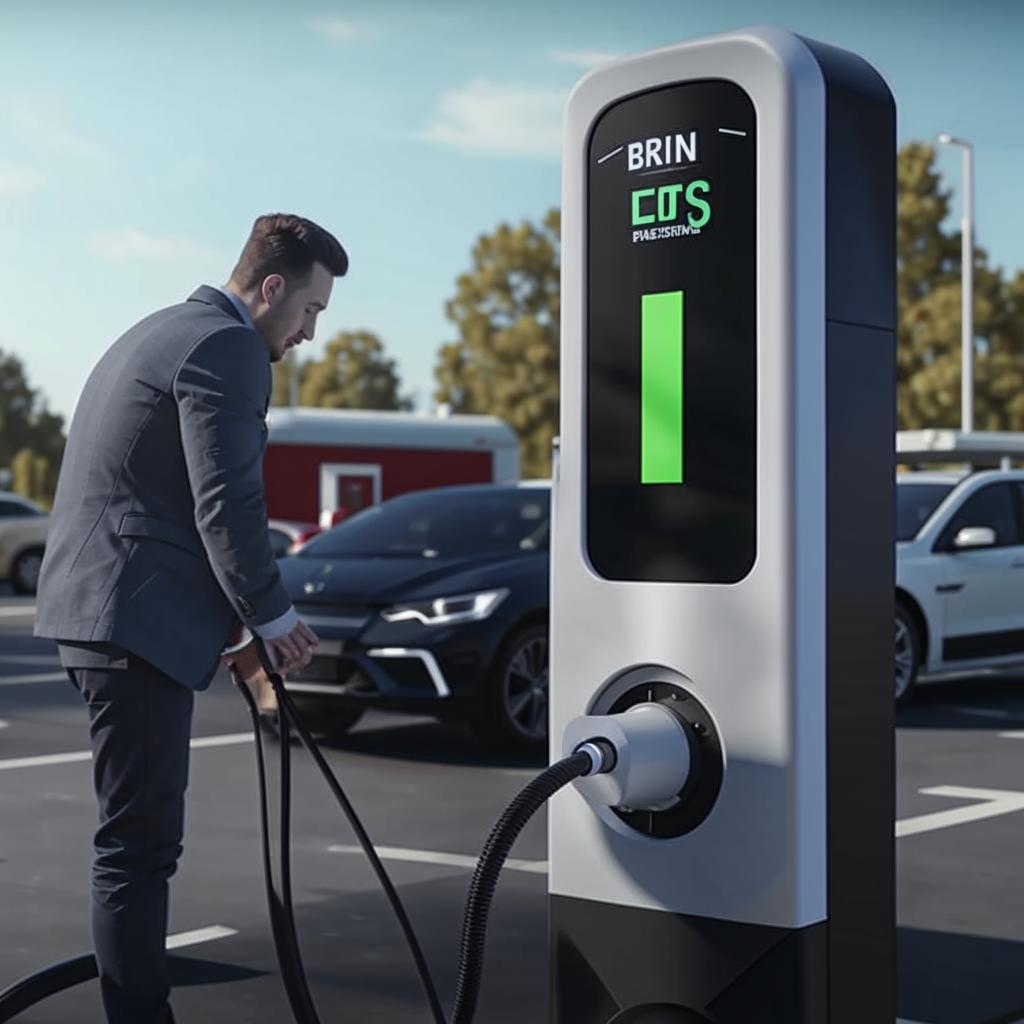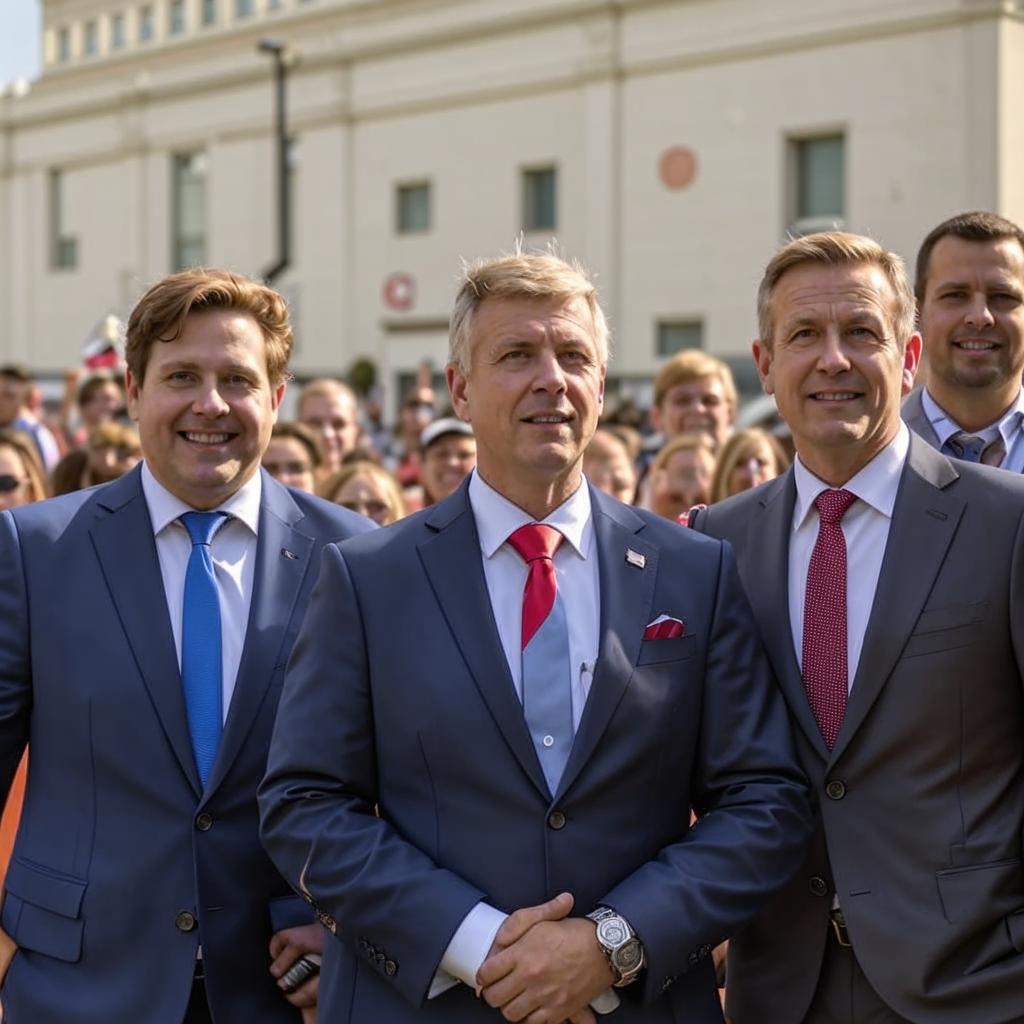Electric vehicle (EV) sales are rapidly increasing, but the charging infrastructure isn’t keeping pace, causing “range anxiety” among drivers and hindering wider adoption. While automakers are investing heavily in EVs, the availability of convenient and reliable charging stations remains a significant hurdle.
The lack of adequate charging infrastructure is a complex issue with several contributing factors. Firstly, the permitting process for installing new charging stations can be lengthy and bureaucratic, delaying projects. Secondly, securing funding for these projects can be challenging, particularly in rural or underserved areas where EV adoption is lower. Thirdly, the need for grid upgrades to support the increased electricity demand from EV charging is significant, requiring substantial investment from utility companies.
Industry experts warn that if the charging infrastructure gap isn’t addressed quickly, it could stifle the growth of the EV market. Consumers are hesitant to switch to EVs if they are concerned about finding a place to charge when needed. This is why governments are starting to implement laws to support and accelerate the growth of chargers with goals and funding. The Biden administration aims to build a national network of 500,000 chargers and also is starting to allocate funding from the Infrastructure Investment and Jobs Act to support charging infrastructure projects across the country.
To accelerate the rollout of charging infrastructure, collaboration between government, industry, and utilities is essential. Streamlining the permitting process, providing financial incentives, and investing in grid upgrades are all critical steps. This will improve customer satisfaction and enhance the image of electric vehicles.














